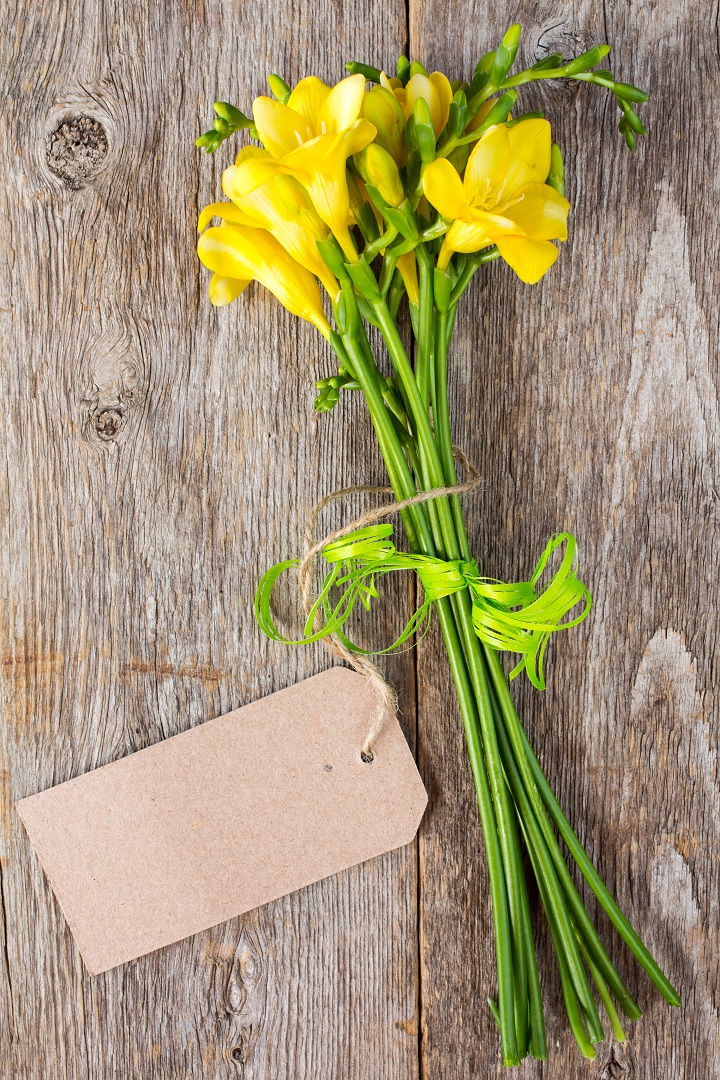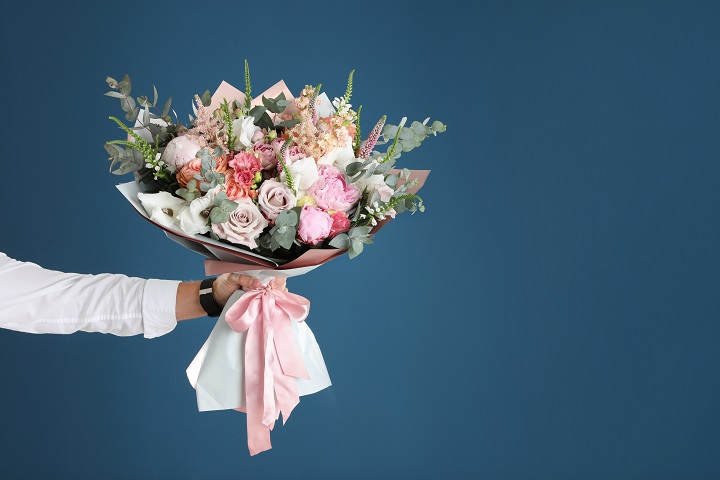Sending flowers is one of the most thoughtful and sweetest gestures you can ever do to someone. Whether you’re sending a bouquet to a special someone, a family, friend, or colleague, you, however, need to know the proper etiquette to prevent miscommunication or misunderstanding. After all, you wouldn’t want a sweet gesture to be misinterpreted in the wrong way.
There dos and don’ts when sending flowers for specific occasions. Suppose you intend to send these fragrant pieces as a birthday present, anniversary gift, symbol of sympathy, or gesture of kindness. In that case, you must be aware of the most suitable types or colors of flowers to pick for such occasions.
To make sure that you deliver the right message through your flower bouquet gift, here are some flower etiquette tips you can use:
Table of Contents
1. Select The Right Type And Color Of Flowers
You can choose from many flower types and colors, and there are no strict rules about what not to give. However, specific colors or species of flowers might not be adequate for special occasions or circumstances.
Every type of flower has its meaning and looks beautiful in its way. That said, here are the different types of flowers, their meanings, and the best occasions to give them:
a. Tulips
Tulips serve as great alternatives to a bouquet of roses. They’re usually abundant in a wide selection of colors during spring, and they’re easy to give to anyone who loves flowers. While you may wonder where these lovely flowers originated from, it would be best to check out sites where they explain how they got discovered and eventually became one of the staple floral gifts.
b. Roses
You can’t go wrong with red roses if you want to convey a message of love and romance. Roses are a stunning gift to give if you’ve been dating a person for a while and need to show them how much you care. They’re also an excellent no-brainer gift for your wife or girlfriend, especially if they love flowers.
However, they may not be fitting to give to a coworker, a business partner, or a casual acquaintance. Red roses exude love and romance, so you should only give them to a date or your better half.
c. Lilies
Lillies, on the other hand, portray purity and mourning. These flowers should be suitable for showing comfort and empathy to someone who experienced loss. While white lilies are among the most beautiful white flowers and are classic funeral flowers, they’re not limited to that occasion only. Other bright and uplifting colors can be used for other versatile events, like parties and weddings, too. You may also incorporate them in a vibrant bouquet for your particular date.

2. Consider The Best Time Or Place To Send Flowers
Sending flowers as gifts also comes with limitations, depending on the venue or place to receive them. For example, some hospitals don’t allow receiving flowers as patients’ gifts. You can check your locality before having the bouquet sent out. This goes the same for the person’s workplace. Ask ahead if they can receive your gift at work; chances are they might be stuck in a secluded work area where they can’t receive or hold your flower gift.
Another thing is for sending sympathy flowers. Some people tend to send them to the family’s home rather than the funeral venue. While there are no rules when to send sympathy flowers, it’s best to have them delivered on their exact special day. This goes the same for anniversaries and other memorable occasions, like graduation and other celebratory events.
However, for some reason, if you can’t deliver them on time, you can always send out flowers late and include a note explaining your late greetings and well wishes.
3. Think Of The Flowers’ Appropriate Packaging Or Presentation
Another tip is to consider the flowers’ arrangement and packaging when sending out gifts. There are some countries or cities wherein flowers are handed out without wrappings and whatnot. This allows the flowers to be seen in their full glory.
However, it’s also common for many people to prefer having their bouquets beautifully wrapped up in unique papers. If you intend to keep the flowers for a longer time, you can go for a vase instead of a piece. You can become them arranged in a vase so that the recipient will display them in their home.
4. Decide On The Number Of Flowers To Send
Colors mean differently in many cultures, so it’s a must to know their meanings. Aside from colors, however, also pay attention to the number of flowers you send. What’s appropriate could vary based on the location. While half a dozen or a dozen flowers seem practical and familiar, specific numbers in other cultures seem unacceptable.
For instance, there are European countries that find even numbers as inappropriate. Asian cultures also have their particular unlucky number. Based on your recipient’s culture, you need to consider such vital pieces of information.
5. Consider How The Recipient Will Be Able To Carry Or Handle The Flowers
Aside from thinking of when or where to send the flowers, think of how they can handle them. In this case, it’s essential to consider the size or bulkiness of the floral piece. You can ask and plan whether the recipient will be going back home after work so that they can bring back the bouquet without trouble. Also, consider the workspace when you send them out for delivery at work instead of their residence.
Choosing the right arrangement for a recipient’s taste and their current situation is essential when sending flowers. Keep the floral arrangement small and unobtrusive if it’ll be received in a confined space or an area shared by others. Ensure that they won’t be in a hassle when carrying the flowers to their next destination.
Conclusion
Giving out flowers as gifts to your family, relative, friend, partner, or colleague is always a wonderful gesture that they’ll never fail to appreciate. However, apply the etiquette tips above before sending a bouquet to anyone to ensure that your message or intention won’t be misinterpreted.

